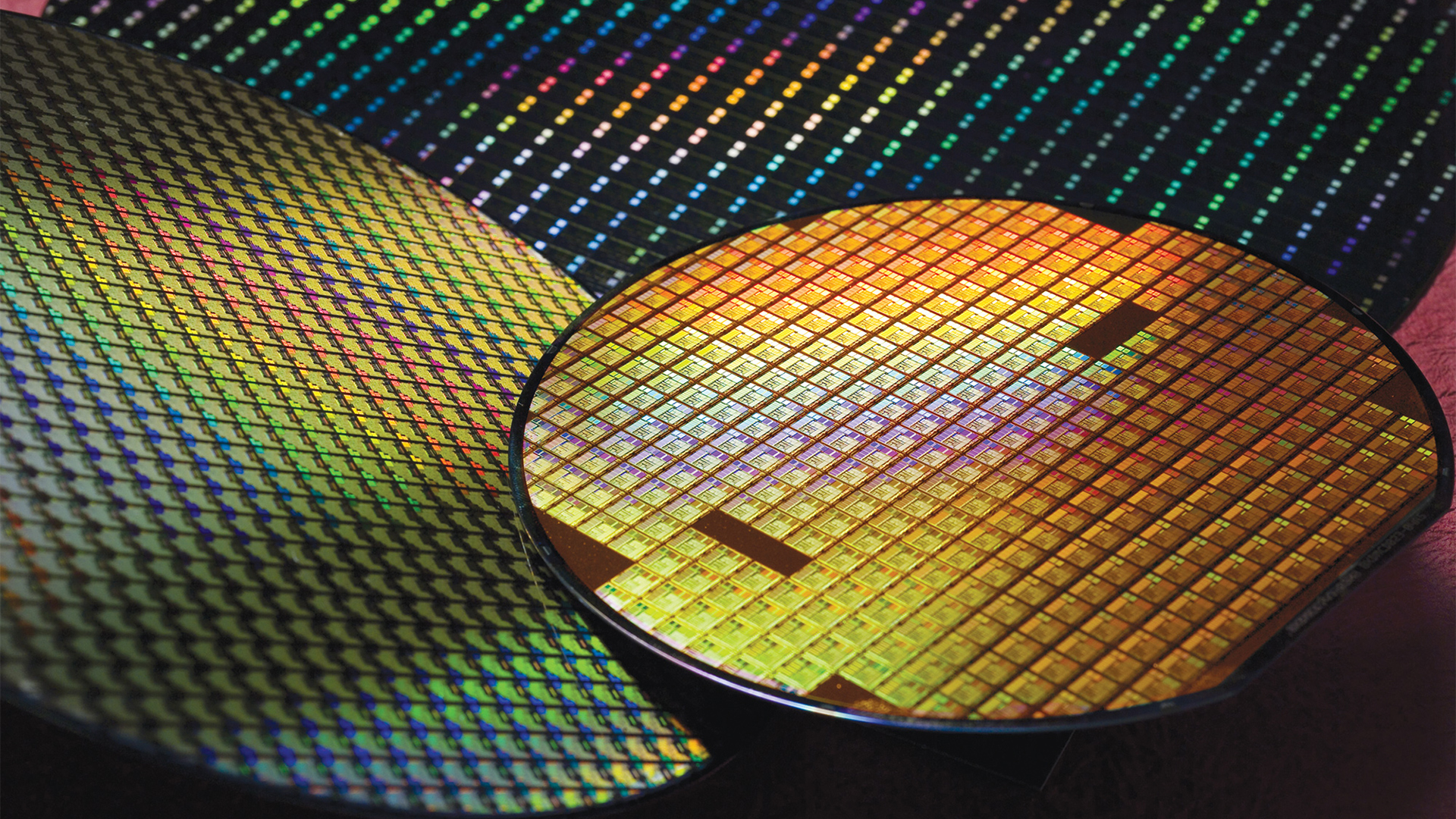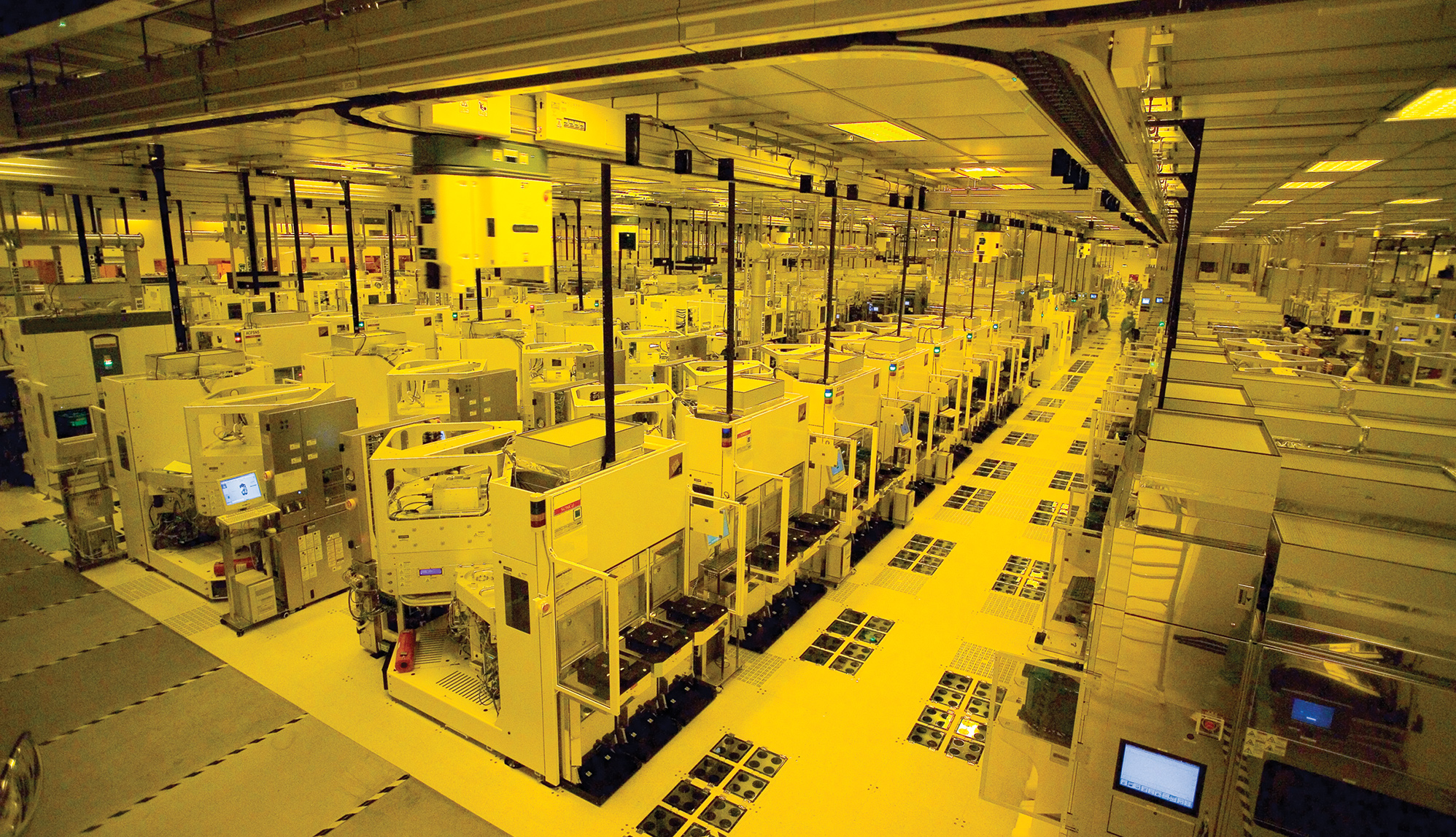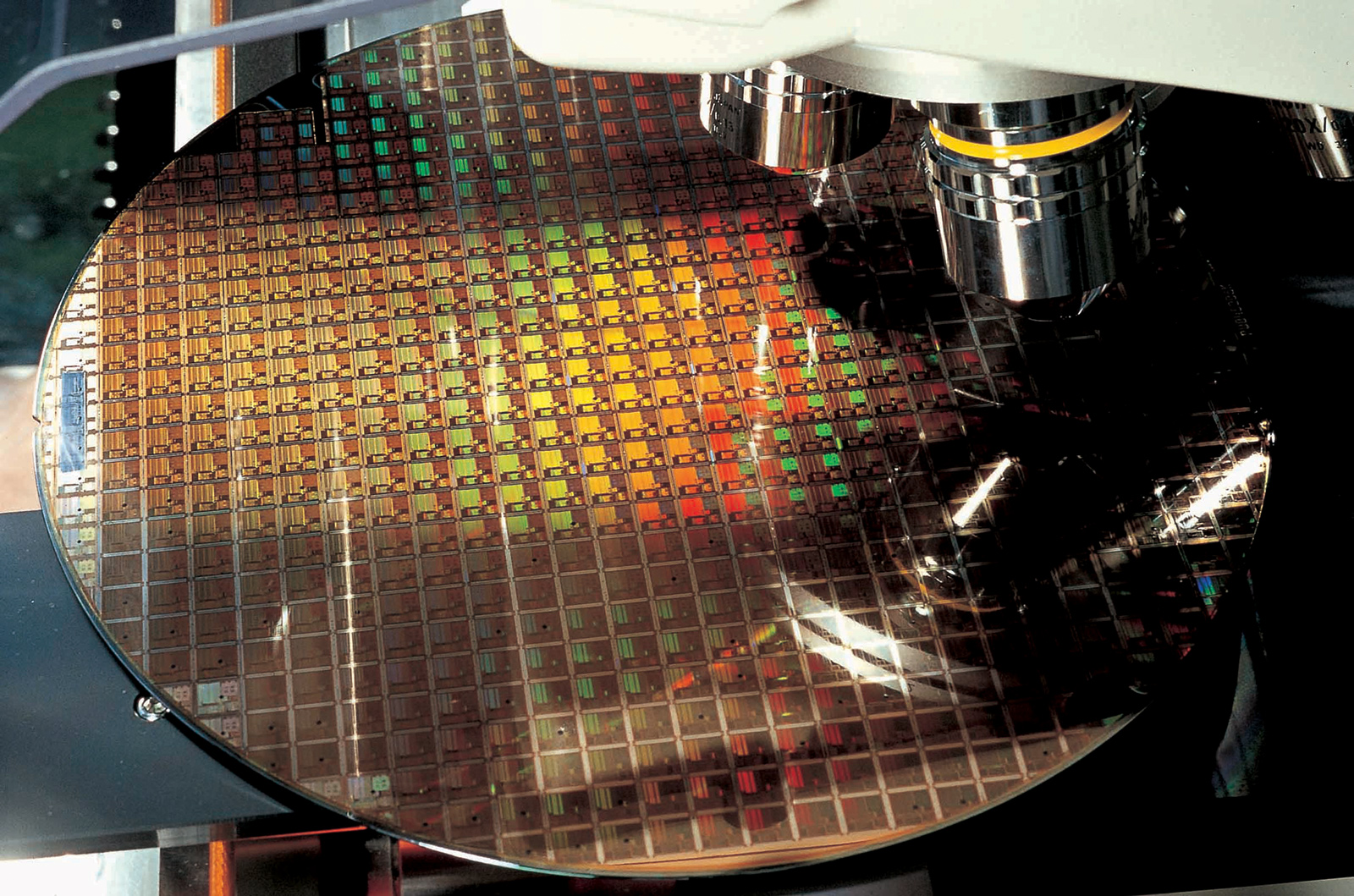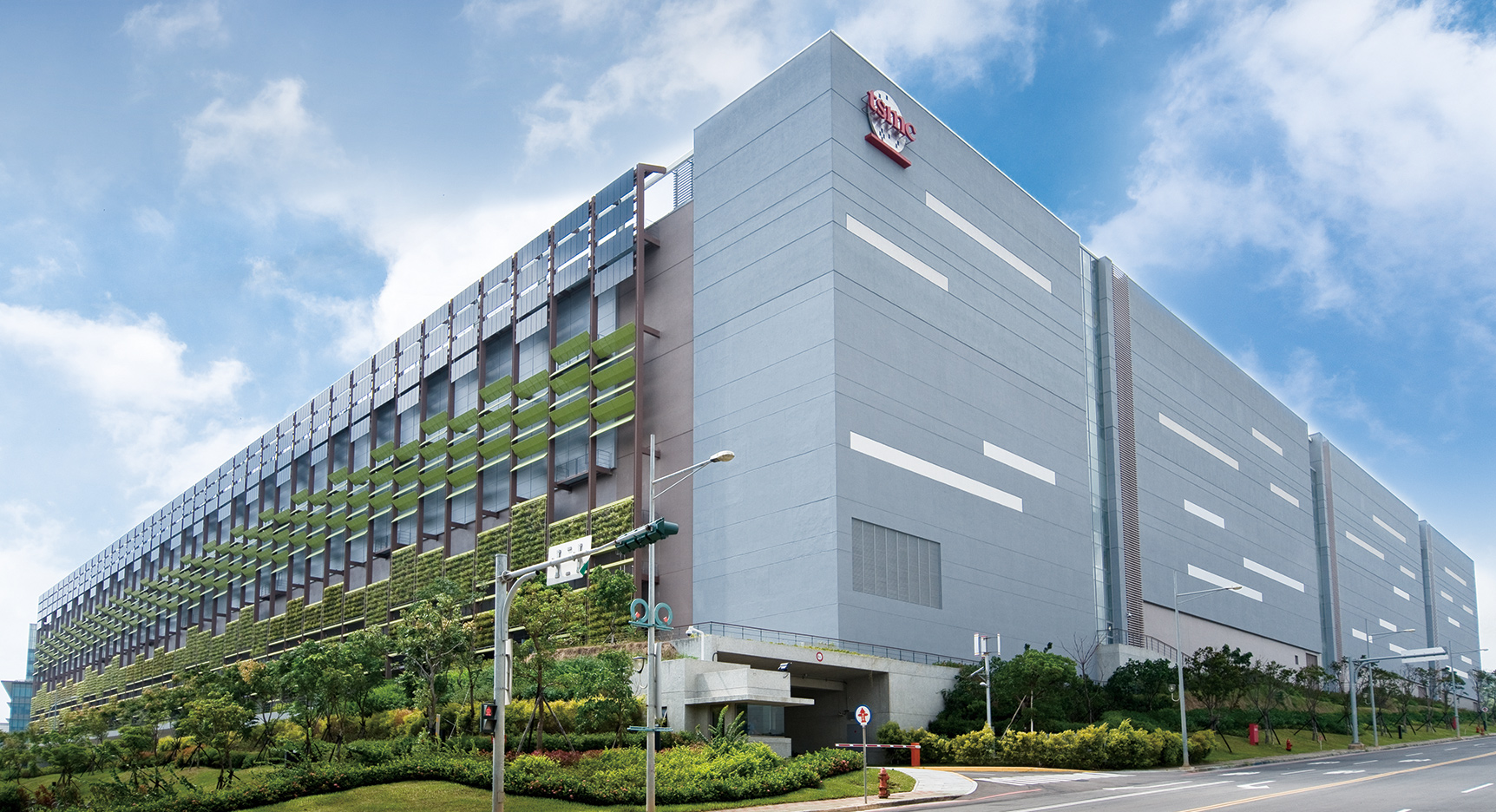5nm in the USA: TSMC's Board Approves $3.5 Billion Fab in Arizona

Taiwan Semiconductor Manufacturing Co.'s board of directors has approved spending $3.5 billion on the company's upcoming fab in Arizona. The project will be co-financed by TSMC, the state of Arizona, and the U.S. federal government. The first commercial wafers are expected to be produced at the fab in 2024.
A $12 Billion Plan
"Approved an investment to establish a wholly-owned subsidiary in Arizona, United States of America, with a paid-in capital of US$3.5 billion (approximately NT$99.75 billion)," the statement by TSMC reads.
Construction of the fab is scheduled to start in 2021 and the fab is projected to start high-volume production in 2024. The initial production capacity target of the facility is about 20,000 wafer starts per month (WSPM) and one of the nodes to be used there is TSMC's 5 nm, which probably means N5 as well as N5P fabrication technologies. TSMC’s evolutionary N4 process might land there as well, but the company has not formally announced this.
In total, TSMC plans to spend $12 billion on its fab in Arizona from 2021 to 2029. The factory will employ about 1,600 people directly and thousands more indirectly. Keeping in mind that Intel Corp. already has multiple fabs in Arizona and Oregon, TSMC will not have to build a semiconductor industry supply chain from scratch, but rely on local suppliers.
TSMC’s Most Advanced Non-Taiwan Fab
In recent years, all of TSMC's advanced chips were produced solely in Taiwan. The company also owns a 200-mm Fab 10 in Shanghai, 300-mm Fab 16 in Nanjing, 200-mm WaferTech in Camas, Washington, and co-owns 200-mm SSMC in Singapore. These facilities are not quite in the same league as the company's domestic fabs that produce chips using leading-edge process technologies, such as 7 nm and 5 nm nodes.
TSMC's fab in Arizona will be the foundry's most advanced production facility outside of Taiwan, but it is not going to use the company's most sophisticated N3 node in 2024. TSMC's 3 nm technology is expected to enter volume production in the second half of 2022 in Taiwan and so far, the company has announced no plans to bring it to its U.S. subsidiary.
TSMC's key customers — Apple, Altera/Intel, AMD/Xilinx, Nvidia, Qualcomm and many others — are from the U.S. Clients like Apple and Qualcomm tend to use the company's most advanced fabrication technologies, but also place the largest orders as they have very significant volume requirements. This is why TSMC tends to build so-called GigaFabs in Taiwan, facilities with a production capacity north of 100,000 WSPM. So, while bringing N5/N5P/N4 to the U.S. in 2024 seems like a good idea overall, the 20,000 WSPM fab may not serve TSMC's high-volume customers from North America until several years down the road.
Get Tom's Hardware's best news and in-depth reviews, straight to your inbox.
Improving Competitive Positions in the USA
But the fab in Arizona clearly improves ties between TSMC and the U.S. government, which is good for TSMC’s military chip business and might be good if the federal government decides that it needs to produce chips for other sensitive applications solely in the USA.
Owning an advanced fab in the USA also makes TSMC more competitive with GlobalFoundries, which has been working hard for years to land orders for military and non-military U.S.-developed chips that need to be produced in America, as well as Samsung Foundry, which does not produce any sub-10 nm chips in the U.S.
Last but not least, by running a fab in Arizona, TSMC will inevitably have to attract more American talent, which again makes it more competitive in general since these people will not work for other makers of semiconductors.
Taiwan Set to Remain TSMC’s Manufacturing Stronghold
With a plan to spend $12 billion on its Arizona fab in the U.S., TSMC clearly expands its presence in the country and while initial production volumes are not going to be high (20,000 WSPM is not a large fab by TSMC’s standards), the company scores a number of other goals with its new production facility. Eventually production capacities in the U.S. may be expanded, but for the foreseeable future Taiwan will remain the company’s manufacturing base.
The same board meeting that approved the $3.5 billion investment in the Arizona fab also approved capital appropriations of approximately $15.1 billion (approximately NT$430.6 billion) to build new manufacturing capabilities in Taiwan.
The giant investments will be used to build a new fab (presumably we are talking about TSMC’s fab near Hsinchu, Taiwan, that will be used to make 2-nm chips towards the middle of the decade), expand leading-edge production capacities, install new tools to offer specialty process technologies, install or upgrade advanced packaging fabs, and on research and development in Q1 2021.
Typically, TSMC tends to spend tens of billions of U.S. dollars every year on CapEx in Taiwan and such investments can hardly be compared to $3.5 billion the company intends to spend in Arizona.

Anton Shilov is a contributing writer at Tom’s Hardware. Over the past couple of decades, he has covered everything from CPUs and GPUs to supercomputers and from modern process technologies and latest fab tools to high-tech industry trends.



